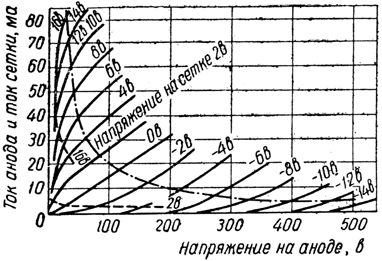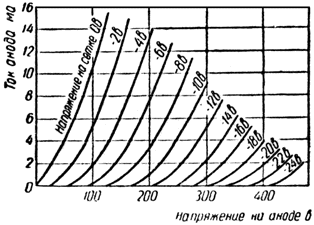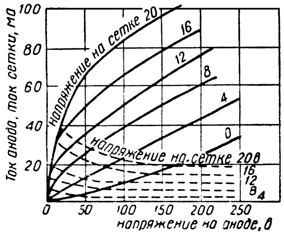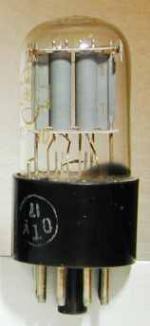onailime
New member
Hi everybody this is my very first post
This is such a great place ! I'm learning more everyday thanks to you guys !... Maybe someday I'll have enough DIY experience to share it with you...
Anyway, I'm planning to build some kind of replica of the R*E*D*D amp and I've noticed on the schematic I've got, the B+ is regulated with two OA2 regulator tubes (150V) in series. I'm wondering what is the real impact of this design on the sound? Would it be night and day between this and no regulation?
Of course, the best way to find out is for me to try both, but I am just wondering if it is worth bothering with the OA2's...
Thanks for any reply ! :grin:
This is such a great place ! I'm learning more everyday thanks to you guys !... Maybe someday I'll have enough DIY experience to share it with you...
Anyway, I'm planning to build some kind of replica of the R*E*D*D amp and I've noticed on the schematic I've got, the B+ is regulated with two OA2 regulator tubes (150V) in series. I'm wondering what is the real impact of this design on the sound? Would it be night and day between this and no regulation?
Of course, the best way to find out is for me to try both, but I am just wondering if it is worth bothering with the OA2's...
Thanks for any reply ! :grin:















![Soldering Iron Kit, 120W LED Digital Advanced Solder Iron Soldering Gun kit, 110V Welding Tools, Smart Temperature Control [356℉-932℉], Extra 5pcs Tips, Auto Sleep, Temp Calibration, Orange](https://m.media-amazon.com/images/I/51sFKu9SdeL._SL500_.jpg)






















